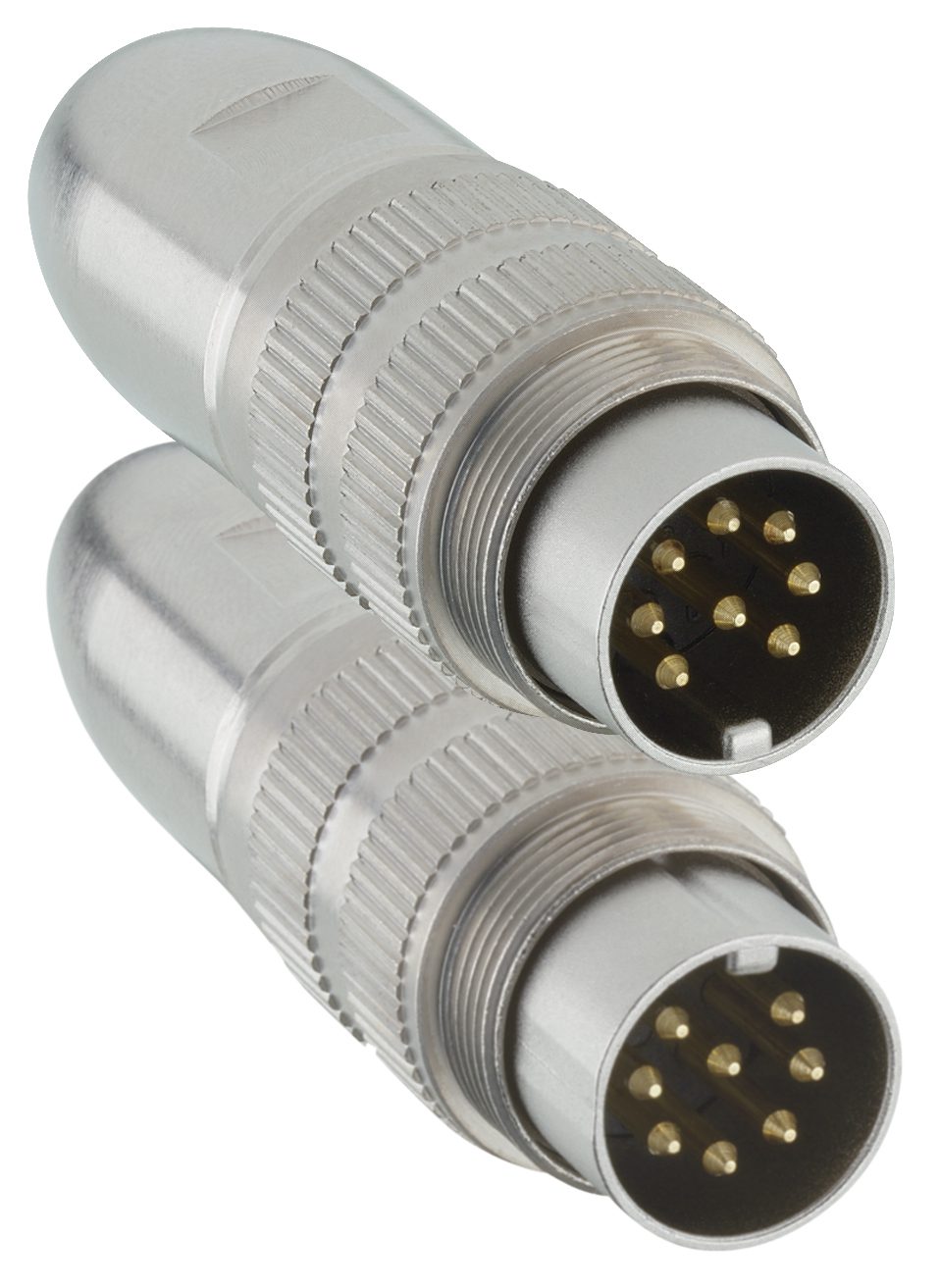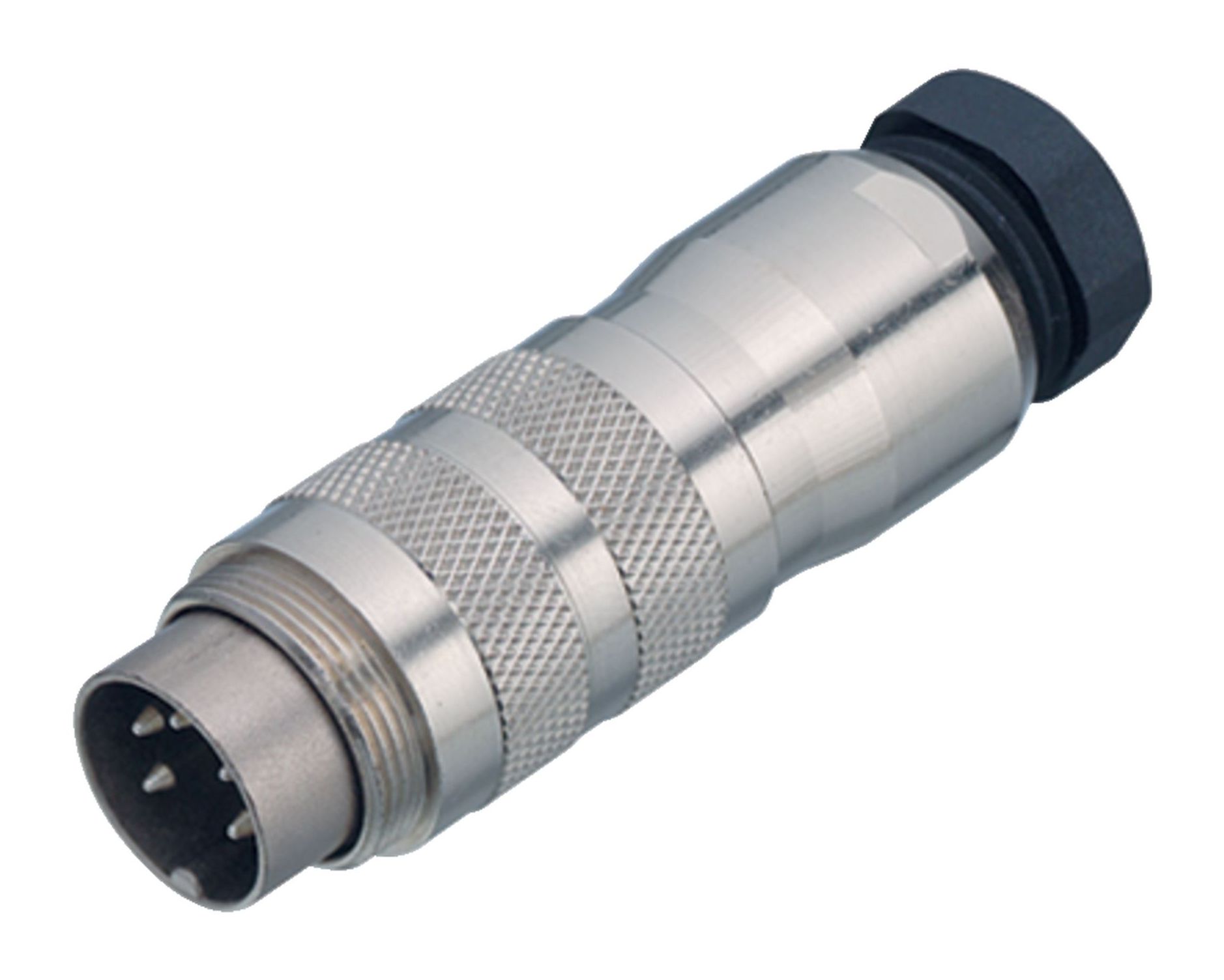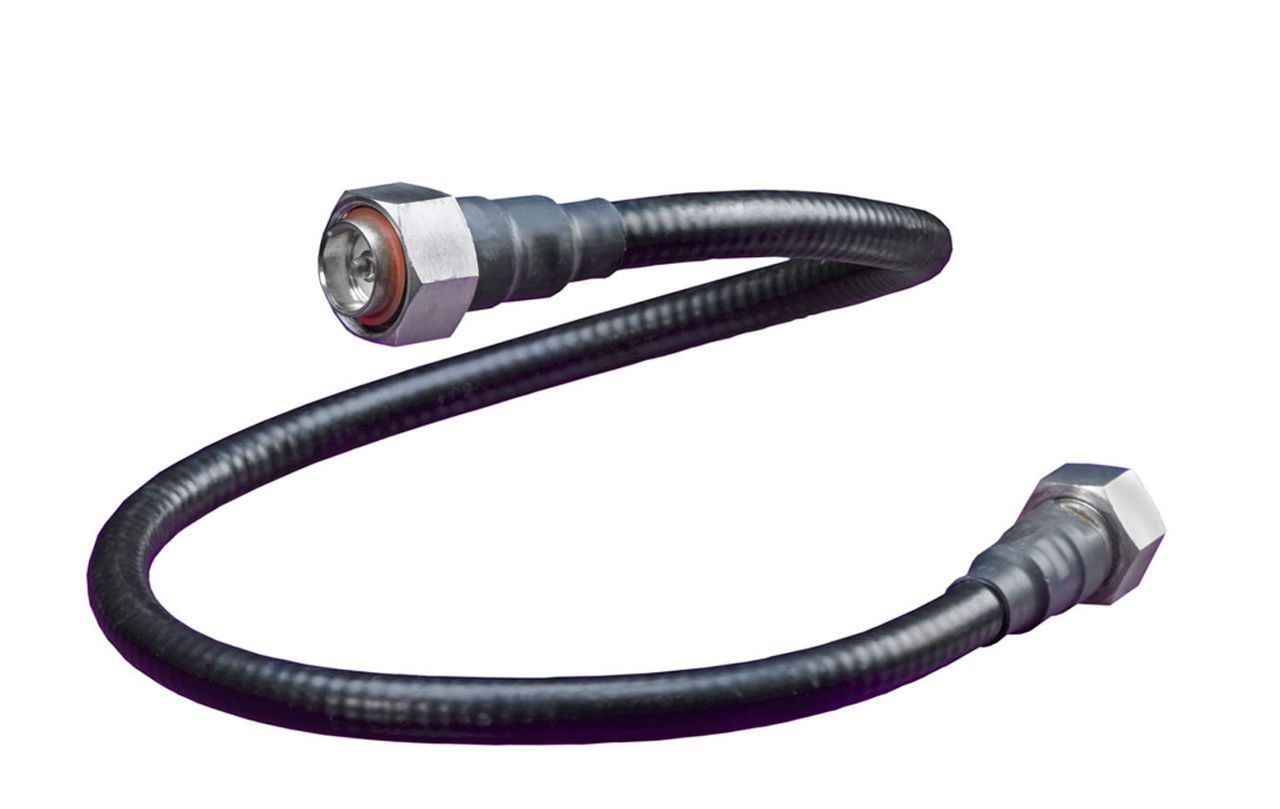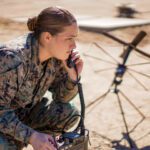Antenna Interface Standard Facilitates Remote Monitoring of Base Stations
A special category of interconnects that adhere to AISG standards make it possible to remotely monitor antennas, maintain system performance, enhance security, and build new base stations quickly.

Three years after 5G was officially launched, the slow rollout of this high-speed technology continues as wireless operators around the world steadily install more base stations. Some nations are moving more quickly than others. Earlier in 2023, China installed 600,000 new stations in a three-month period. With more than three million operational base stations, this push allows China to achieve a saturation point the country needs to begin to phase out legacy networks and take full advantage of the Internet of Things.
Other nations are building new cell towers, installing antennas, and laying fiber optic cables to bring the benefits of 5G to their populations and businesses, although at a slower rate. Delays in this process have been many, including supply chain issues extending from the pandemic, governments that have been slow to make new spectrums available for 5G use, regulatory hurdles, geographic challenges to connect rural areas, and public wariness about the technology. One thing that is no longer a roadblock to installation, however, is component interoperability.
Antenna Interface Standards Group (AISG) standards play a key role in the construction of 5G networks, affecting everything from antennas to base stations and beyond. Telecommunications and connectivity standards ensure reliability, efficiency, and operability, accelerating the development of new base stations and infrastructure.
AISG was established in the early 1990s as a global collaborative effort between multiple telecommunications companies and components suppliers. The primary goal was to develop a set of standards for the control and monitoring of antenna systems. These systems encompass everything from the antennas themselves to the supporting infrastructure, such as tower-mounted amplifiers and remote electrical tilt systems, and interconnects are used throughout them. Over the years, AISG members in the connector world have included Amphenol, Binder, JST, Lumberg, Molex, Rosenberger, and others and many suppliers offer AISG-compliant interconnects.
AISG standards encompass various aspects of antenna systems, most notably the AISG Cabling and Connector Standard, which defines the physical and electrical characteristics of the connectors and cabling used in AISG systems. This standard ensures that connectors are compatible across different vendors’ equipment. AISG standards also define communication protocols and specifies how equipment communicates in an AISG system. These protocols facilitate the exchange of information between the base station and the antenna, allowing for real-time adjustments to optimize network performance. The standards also facilitate remote management and control of antenna systems, reducing the need for on-site maintenance and adjustments. Many stations are in remote or hard to reach areas, where longevity and reliability of this equipment is a major priority.

Lumberg’s circular connector 033200 according to AISG specification C485 helps reduce base station assembly costs with its fast, easy connection process.
“Lumberg’s most important product in the U.S. is an AISG connector,” said Kai Rotthaus, Lumberg’s director of marketing. This circular connector is the fastest assembly solution on the AISG market, with 360° shielding and a ratchet feature that provides tactile feedback during installation on towers — it takes less than 60 seconds to create a connection. A highly innovative shielding mechanism on the inside of the casing makes it possible to compose the entire connector from a much smaller number of individual parts, which in return facilitates a much faster assembly process when mounting the connector to the cable, be it soldering or crimping.
“In addition, the quality of the assembly is raised by eliminating typical assembly errors, which can impact the watertightness immensely,” Rotthaus said. The harsh outdoor environment base stations are exposed, which makes it essential that interconnects have high resistance to salt, dust, and UV rays. AISG standards ensure that compliant parts will perform to specified levels. They also support installation. Rotthaus explained that Lumberg’s product has a special ratchet feature fitted into the metal casing that offers a tactile feedback to the installer as well as long-term vibration protection. The product is widely used on 5G infrastructure, include mobile base stations and radio tower installations, because of its high performance in telecommunications environments as well as its labor-saving installation features.

binder’s AISG-compliant M16 connectors can accommodate up to 24 contacts and transmit data at speeds up to 10 Gbits/s.
binder has prioritized AISG compliance in its products for the communications industry. The company’s connectors are used in mobile applications, such as RET antenna equipment, mobile base stations for tracking and monitoring systems, and the radio crane operation. Common communication connectors binder offers include Snap-In and AISG-compatible M16 connectors that support 5G applications with high-speed and high frequency performance in a small form factor.
Because telecommunications equipment is installed in areas that are exposed to constantly changing and often harsh environmental conditions, ruggedization is essential. binder’s products can handle temperature ranges of -30 °C/95 °C in a shieldable cable connector designed for both severe cold and severe heat. It offers protection against pollution and even submersion, making it suitable for the most extreme base station environments.
In addition to secure, durable connectors, specialized cables are needed for 5G systems , and AISG standards cover cables too. Standardization ensures that every element in a telecommunications network can withstand harsh environments so that they can remain in use in the field for years. Molex provides rugged AISG-compliant RF coax cables that support system performance, including excellent passive intermodulation (PIM) and return loss (RL) results.

Molex AISG-compliant cables for 5G, including custom low-PIM jumper cable assemblies, are widely used in radio and antenna installations. In base station equipment, these cables are used with 4.3-10 connectors. Molex offers 1/2″ corrugated cable as well as multiple superflex cable options for its 5G assemblies.
Telecom OEMs and wireless service providers use jumper cables in varying lengths and with various connector interfaces. One common need for these components is small and lightweight form factors. Molex offers a connector that is 30% smaller and 70% lighter than DIN 7/16. Serialization of cables also helps installers track data related to specific stations.
5G is already needed to meet the high-speed, high-bandwidth needs of the world’s telecommunication networks. As we move into the next era of increasing connection through Internet of Things technologies, AISG-compliant systems will help nations reach their 5G infrastructure goals with efficient, cost-effective systems that are faster and easier to build.
To learn more about the companies mentioned in this article, visit the Preferred Supplier pages for binder, Lumberg, Molex, and Rosenberger.
Like this article? Check out our other Antennas, and Connectors articles, our Sensors & Antennas Market Page, and our 2023 Article Archive.
Subscribe to our weekly e-newsletters, follow us on LinkedIn, Twitter, and Facebook, and check out our eBook archives for more applicable, expert-informed connectivity content.
- Where in the World is Amphenol LTW’s Luc Kan? - April 23, 2024
- TE Connectivity’s Sustainability Efforts Pay Off - April 23, 2024
- What is a VGA Connector? - April 23, 2024





